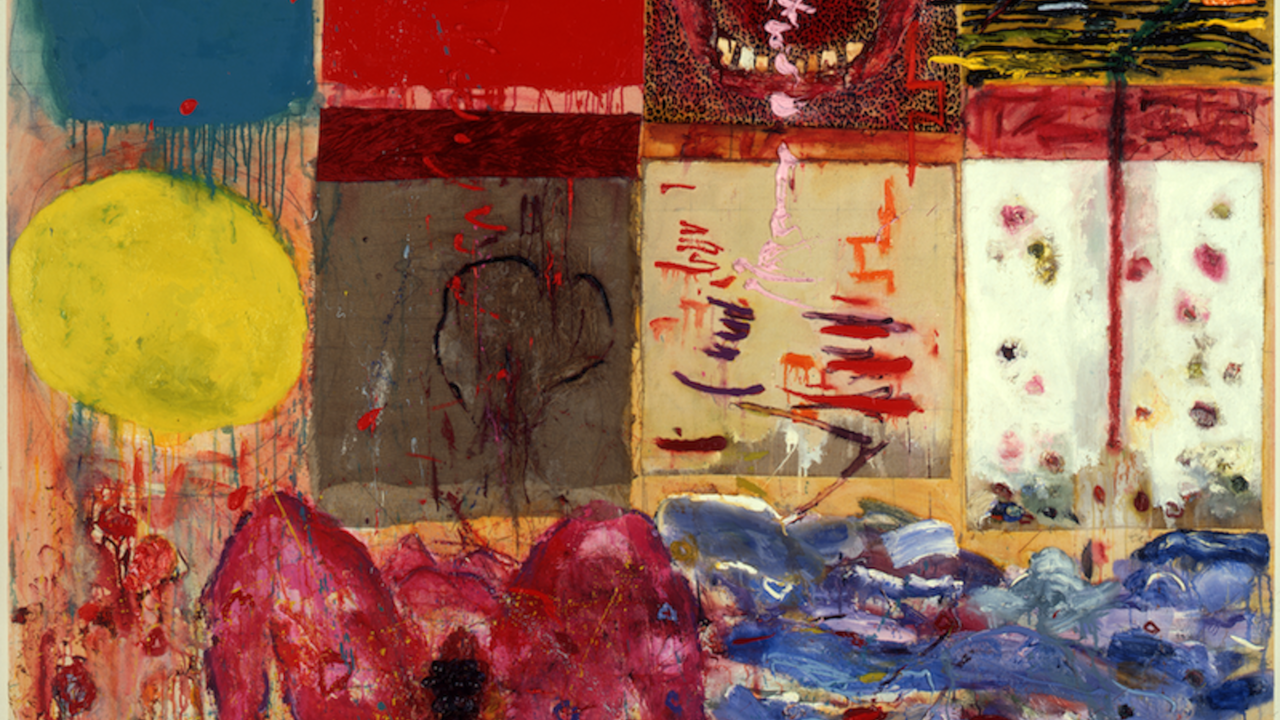Valentin Carron
Skibobs
Skibobs

It seems that a generation will always idealize and hark back to the period just before it was born, that last moment before its members are able to recall the past with their own eyes. Valentin Carron's series of sculptures 'Skibobs' (1998-2000) plays with the generational nostalgia for the 1970s also evident in such revivals and current fetishes as blaxploitation and gore movies, or the seminal electronic sounds of Kraftwerk and Giorgio Moroder. An impractically designed snow bicycle, the Skibob was a short lived and expensive winter holiday fad from the 1970s. Since you rode it sitting upright it looked more dignified and cool than the childish sleigh, and, unlike proper skis, it enabled you to pose while sliding down the slopes without going through the trouble of actually learning a more difficult technique.
Collected from garage sales and personal ads in Carron's native region, Valais in the Swiss Alps, Skibobs were the focus of this recent exhibition. Two of them - Skibob 6 (Authier), (all works 2000) and Skibob 7 (Authier) - were lined up side by side, slouching on their front runners like desirable boyish toys in an upmarket store, to the soundtrack of a breakbeat looped on a cheap drum machine. Lovingly restored and sometimes customized (with the help of local craftspeople) to erase logos and brand names, the most interesting thing about 'Skibobs' is the way they function as formalized and opaque sculptures yet remain found objects pregnant with links and relationships to the real world. Beautiful and desirable commodities - a 1970s-obsessed skate kid's wet dream - but also visibly inadequate, Skibobs combined an improbably new 'fetish finish' aspect with a rather uncanny feeling of obsolescence, in effect crystallizing qualities of vintage objects in general.
If 'Skibobs' hinted at the rather cool, removed figure of the artist as collector and restorer, the only other piece in the show, Untitled, revealed Carron assuming a much more 'warm' and involved stance. Ironically collapsing Jackson Pollock's famous penchant for liquor and his gestural and expressive painting style, Carron stained the entire exhibition room, from floor to ceiling, with all-over drippings of red wine. Although the 'performance' was not documented, I couldn't avoid imagining the scene of a drunken caricature of an artist spilling wine around in a hilariously pathetic spoof of the creative drive at work, in the style of Paul McCarthy. However, rather wisely perhaps, all that Carron actually chose to leave on view was this activity's suggestive trace, its leftovers in the form of a smelly yet pretty drip pattern wallpainting which took on a greyish tinge as the wine oxidized.
There is an added twist to the work's clever parody, something that makes it both closer to home and more interesting than a simple deconstruction of the greatest macho myth in art history. Valais, frequently alluded to in Carron's work, derives most of its income from two sources: the exploitation of its mountain resorts for the tourist industry and the production of wine. Its inhabitants are also famous throughout Switzerland for their hard drinking. In this context, it is obvious that Carron's wallpainting actually collides two different histories, an artistic one and a regional one. In fact, this is what I like best about Carron's work: not so much its slick international, post-Conceptual veneer, nor the artist's ease in suddenly shifting positions to play the expressive primitive, but the fact that he is driven by something altogether different and more bizarre: his love for the local and the vernacular. 'Skibobs' literally came from somewhere close to home - some house in the valley not far from Carron's small town. After all, if one can make art from Las Vegas, why not from the Swiss Alps?





















